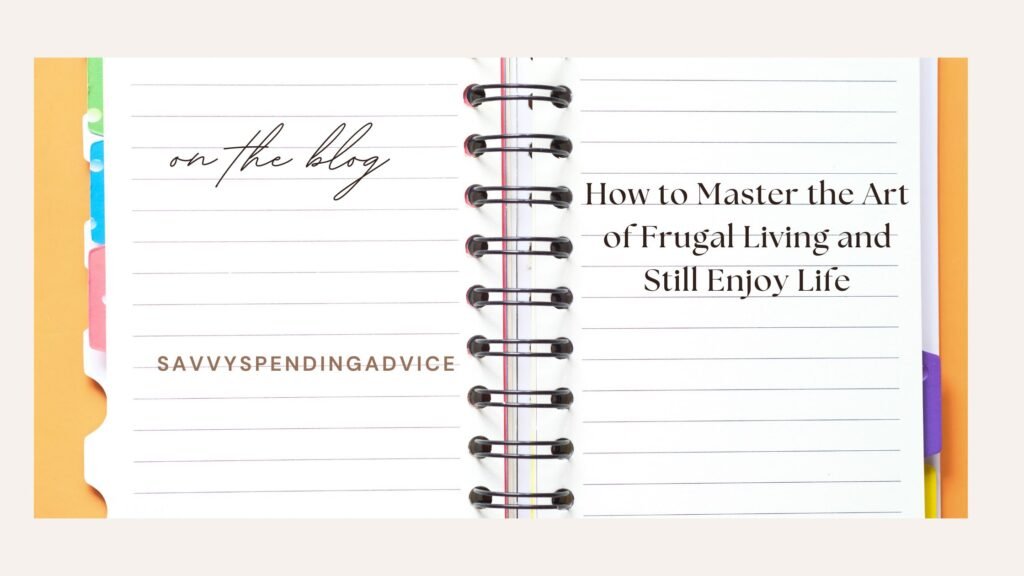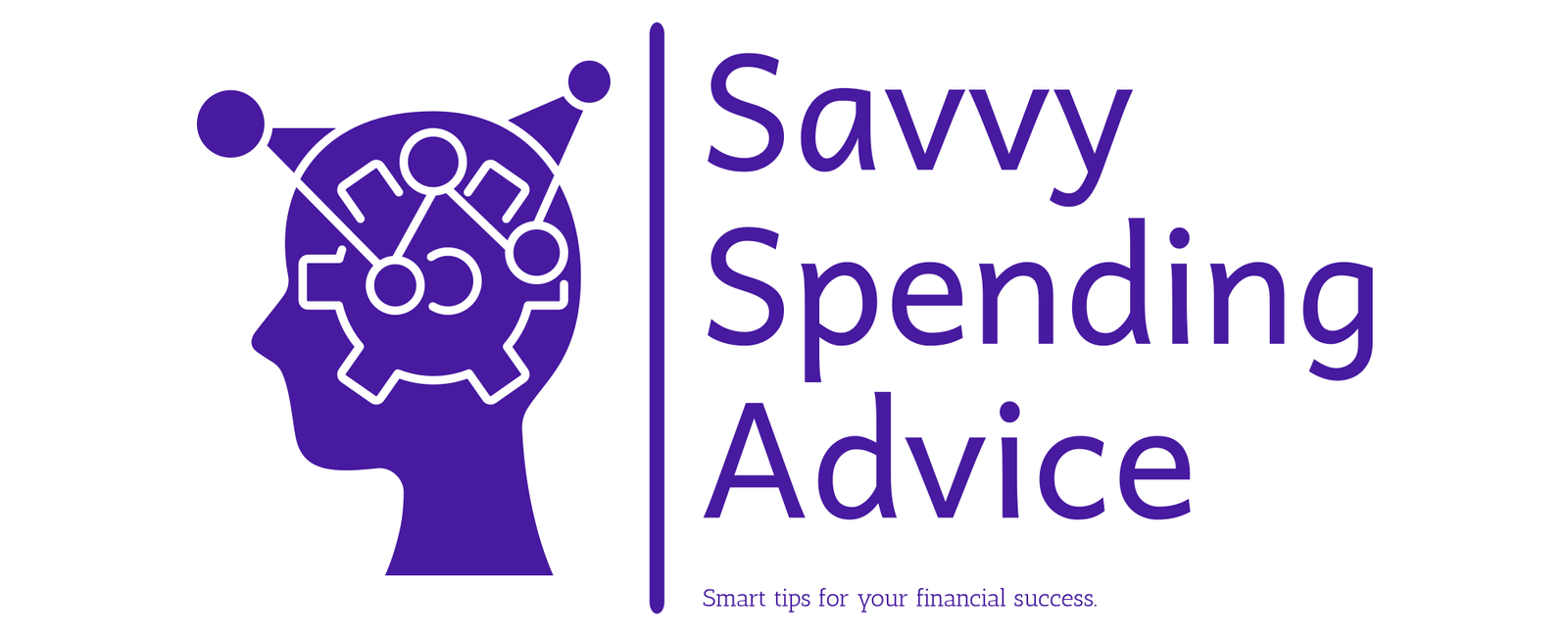
Frugal living isn’t about being cheap or depriving yourself—it’s about making intentional spending decisions, cutting unnecessary expenses, and prioritizing what truly adds value to your life. The goal is to live better while spending less, allowing you to save more, invest wisely, and achieve financial independence faster.
In this guide, we’ll explore smart frugal living strategies that help you reduce expenses while still enjoying life to the fullest.
1. Redefine What “Frugal Living” Means to You
📌 Why it matters: Frugal living isn’t about sacrificing fun—it’s about spending on what truly matters and cutting what doesn’t.
✅ How to do it:
✔ Identify areas where you overspend without real value (e.g., impulse shopping, unused subscriptions).
✔ Prioritize spending on things that bring long-term joy or financial growth.
✔ Track your spending to understand where your money is going.
💡 Pro Tip: If something doesn’t add value to your life, eliminate it and redirect that money toward savings or investments.
2. Use the 24-Hour Rule for Non-Essential Purchases
📌 Why it matters: Impulse buying is a major budget killer.
✅ How to do it:
✔ Before buying anything non-essential, wait 24 hours.
✔ If you still want it after a day (or a week for expensive purchases), then consider it.
✔ For big-ticket items, research alternatives and compare prices.
💡 Pro Tip: Create a wish list instead of buying things immediately—most of the time, you’ll forget about them!
3. Cook at Home & Master Meal Planning
📌 Why it matters: Eating out frequently drains your budget—cooking at home is healthier and more affordable.
✅ How to do it:
✔ Plan meals for the week based on grocery sales and discounts.
✔ Buy staple ingredients in bulk to save money.
✔ Prep meals in advance to avoid last-minute takeout temptations.
💡 Pro Tip: Batch cook on weekends—freeze meals for busy days to avoid expensive takeout orders.
4. Stop Paying for Things You Can Get for Free
📌 Why it matters: Many services or products have free alternatives.
✅ How to do it:
✔ Use the public library for free books, audiobooks, and movie rentals.
✔ Find free workout videos on YouTube instead of paying for a gym.
✔ Explore free local events, parks, and activities instead of expensive entertainment.
💡 Pro Tip: Look for community swap groups where people give away items for free or trade services.
5. Cut the Cost of Bills and Subscriptions
📌 Why it matters: Small monthly payments add up to thousands per year.
✅ How to do it:
✔ Cancel or downgrade unused streaming services.
✔ Negotiate better rates for cable, internet, and insurance.
✔ Switch to a cheaper phone plan (prepaid or MVNO carriers like Mint Mobile).
💡 Pro Tip: Rotate streaming services—subscribe to one at a time instead of paying for multiple.
6. Embrace Secondhand Shopping
📌 Why it matters: Buying used can save 50-90% compared to buying new.
✅ Best places to shop secondhand:
✔ Thrift stores (Goodwill, Salvation Army, local shops)
✔ Facebook Marketplace for furniture and household goods
✔ eBay or Poshmark for clothes and accessories
✔ Craigslist & OfferUp for local deals
💡 Pro Tip: Always check the quality of used items—some secondhand finds are as good as new!
7. Save Money on Transportation
📌 Why it matters: Car payments, gas, and insurance are major expenses.
✅ Ways to reduce transportation costs:
✔ Drive a fuel-efficient or used car instead of financing a new one.
✔ Walk, bike, or use public transportation whenever possible.
✔ Carpool with coworkers to save on gas.
💡 Pro Tip: If your job allows, consider working remotely to cut commuting costs altogether.
8. DIY Whenever Possible
📌 Why it matters: Learning basic DIY skills saves you hundreds or thousands over time.
✅ Easy DIY money-saving ideas:
✔ Cut your own hair (or learn basic trims for maintenance).
✔ Do minor home repairs and maintenance instead of hiring a professional.
✔ Make homemade cleaning products instead of buying expensive brands.
💡 Pro Tip: YouTube has free tutorials for almost any DIY project—learn and save!
9. Use Cashback and Coupon Apps
📌 Why it matters: These tools help you save money on everyday purchases.
✅ Best apps to try:
✔ Rakuten – Earn cashback on online shopping.
✔ Ibotta – Get money back on groceries.
✔ Fetch Rewards – Scan receipts for points that convert into gift cards.
💡 Pro Tip: Stack coupons with cashback offers for maximum savings.
10. Start Investing Even While Living Frugally
📌 Why it matters: Saving money is great, but investing is what builds long-term wealth.
✅ How to start investing on a budget:
✔ Open a Roth IRA or 401(k) and contribute regularly.
✔ Use micro-investing apps like Acorns or M1 Finance to start small.
✔ Invest in low-cost index funds like the S&P 500 for steady growth.
💡 Pro Tip: Even investing $5 a day can turn into $1 million+ over time thanks to compound interest!
Final Thoughts
Frugal living isn’t about sacrificing everything—it’s about making intentional choices with your money. By focusing on needs over wants, cutting unnecessary costs, and maximizing savings, you can live a rich and fulfilling life while spending less.
💡 Want more financial success tips? Subscribe to SavvySpendingAdvice.com for expert frugal living strategies and money-saving hacks!
